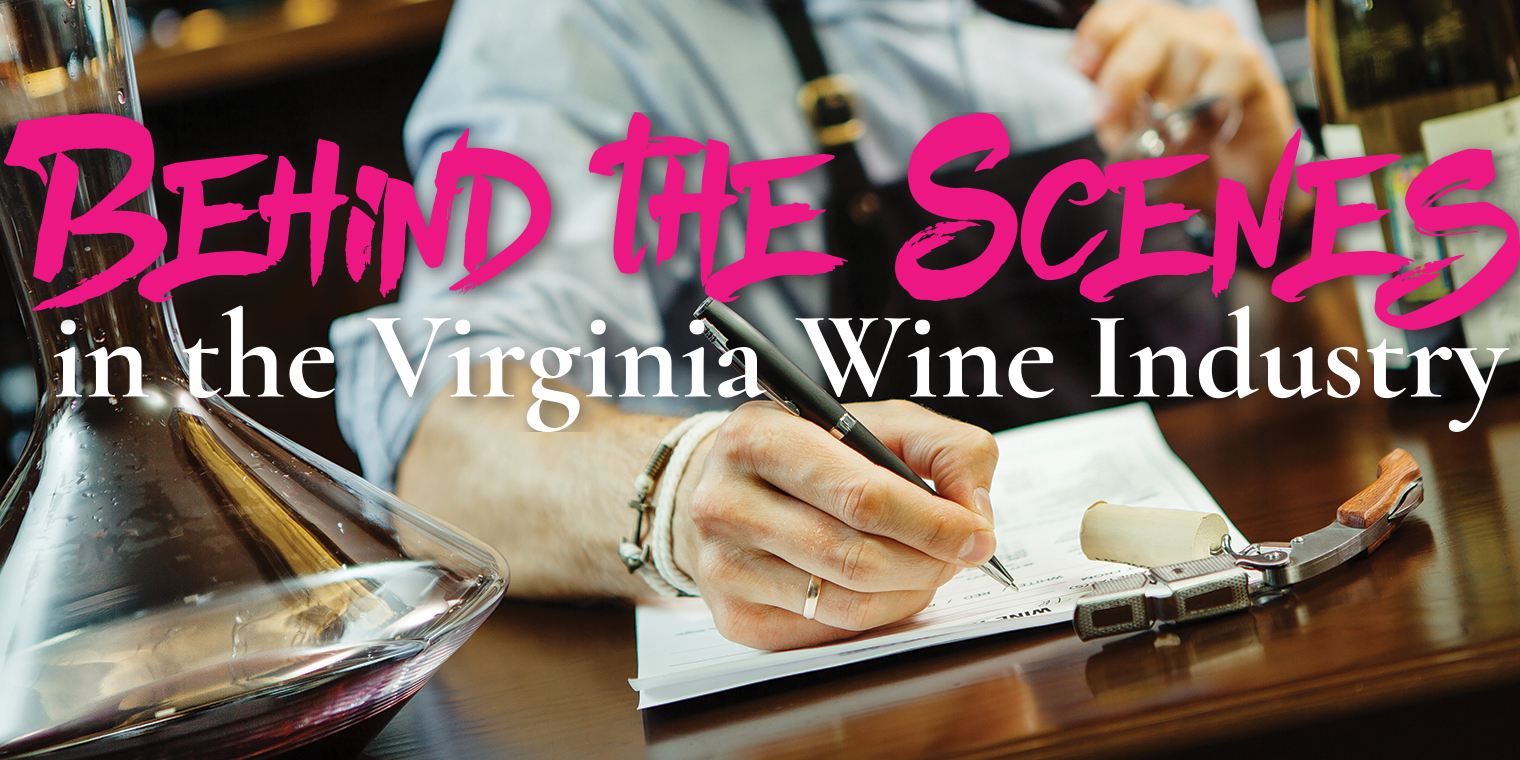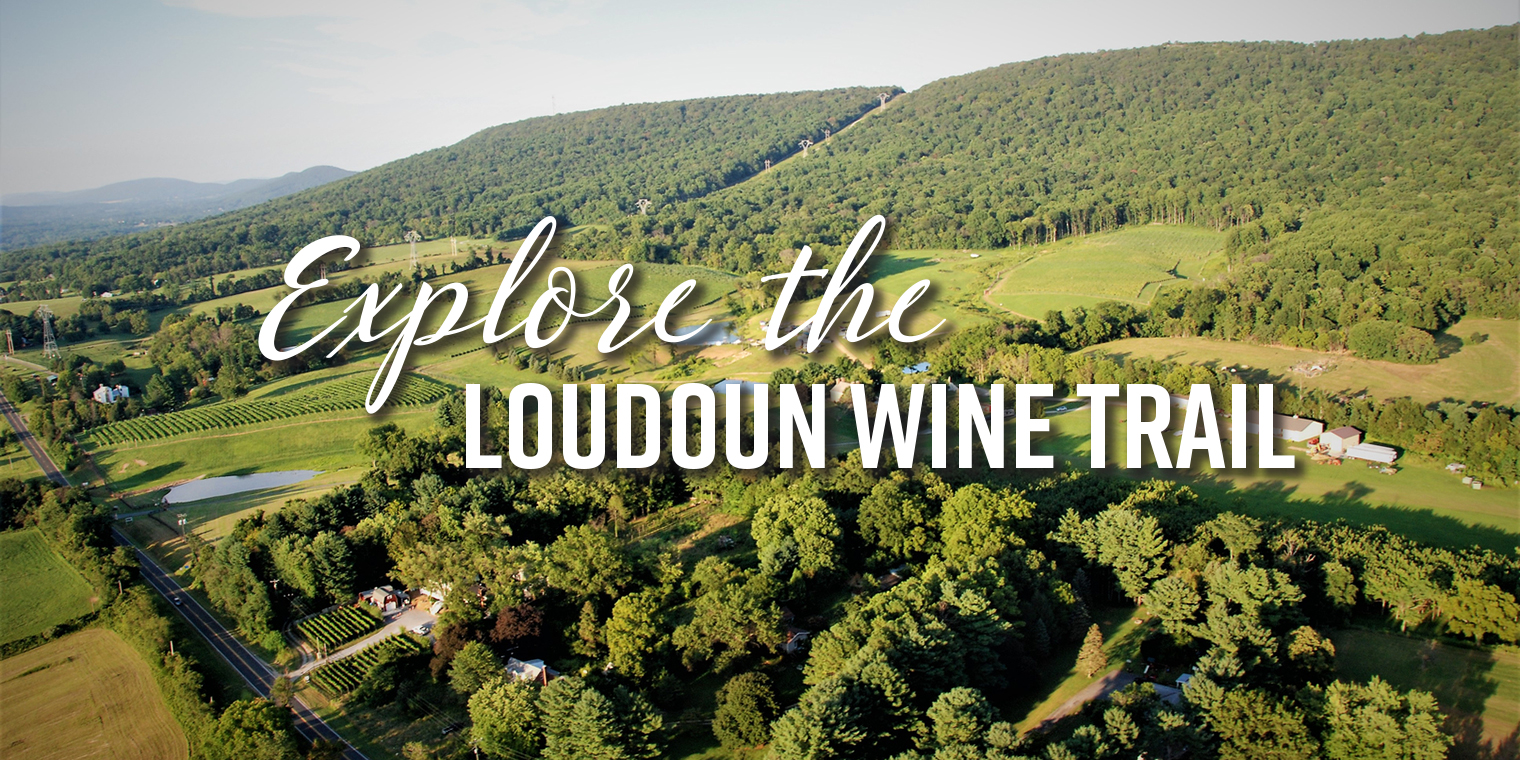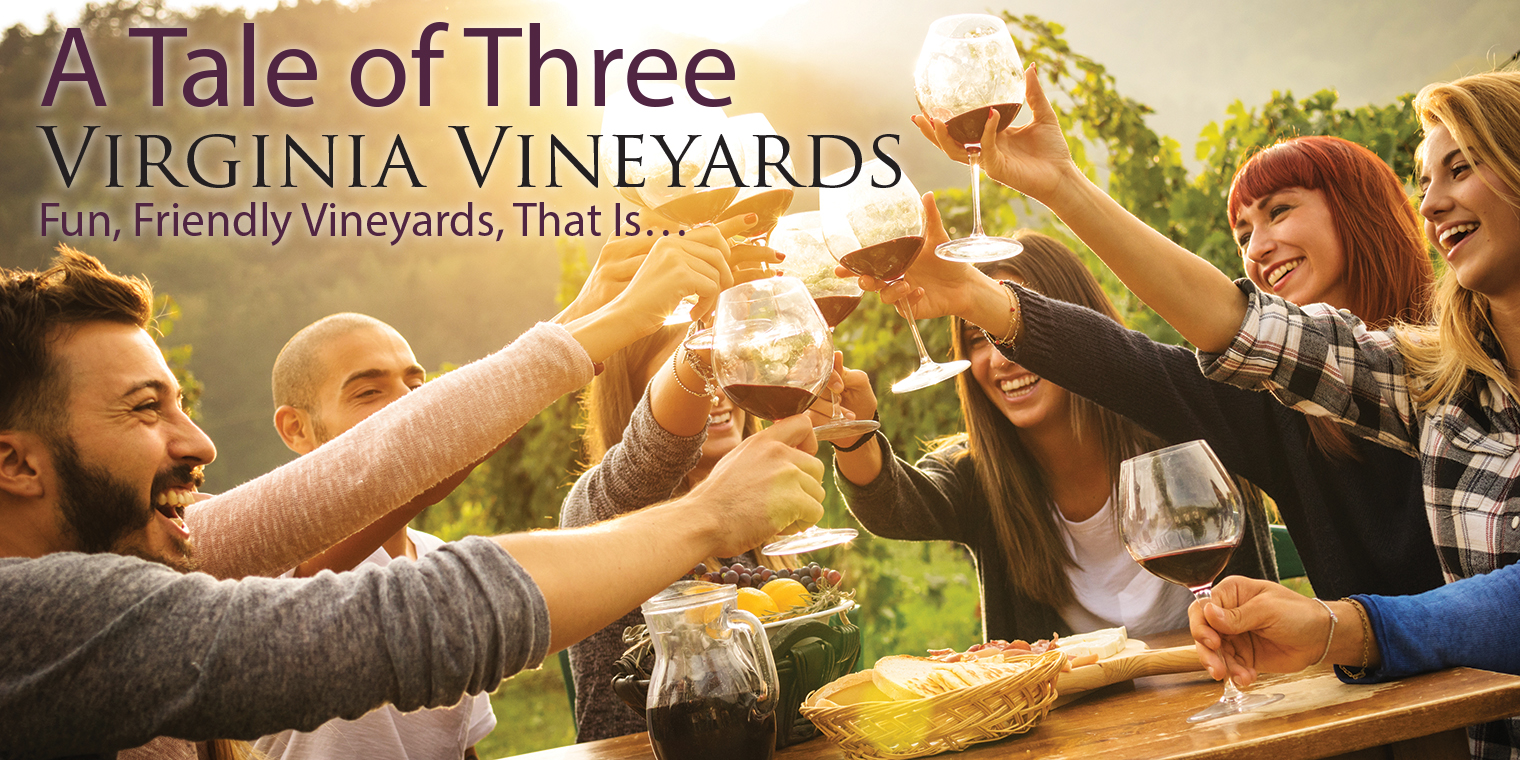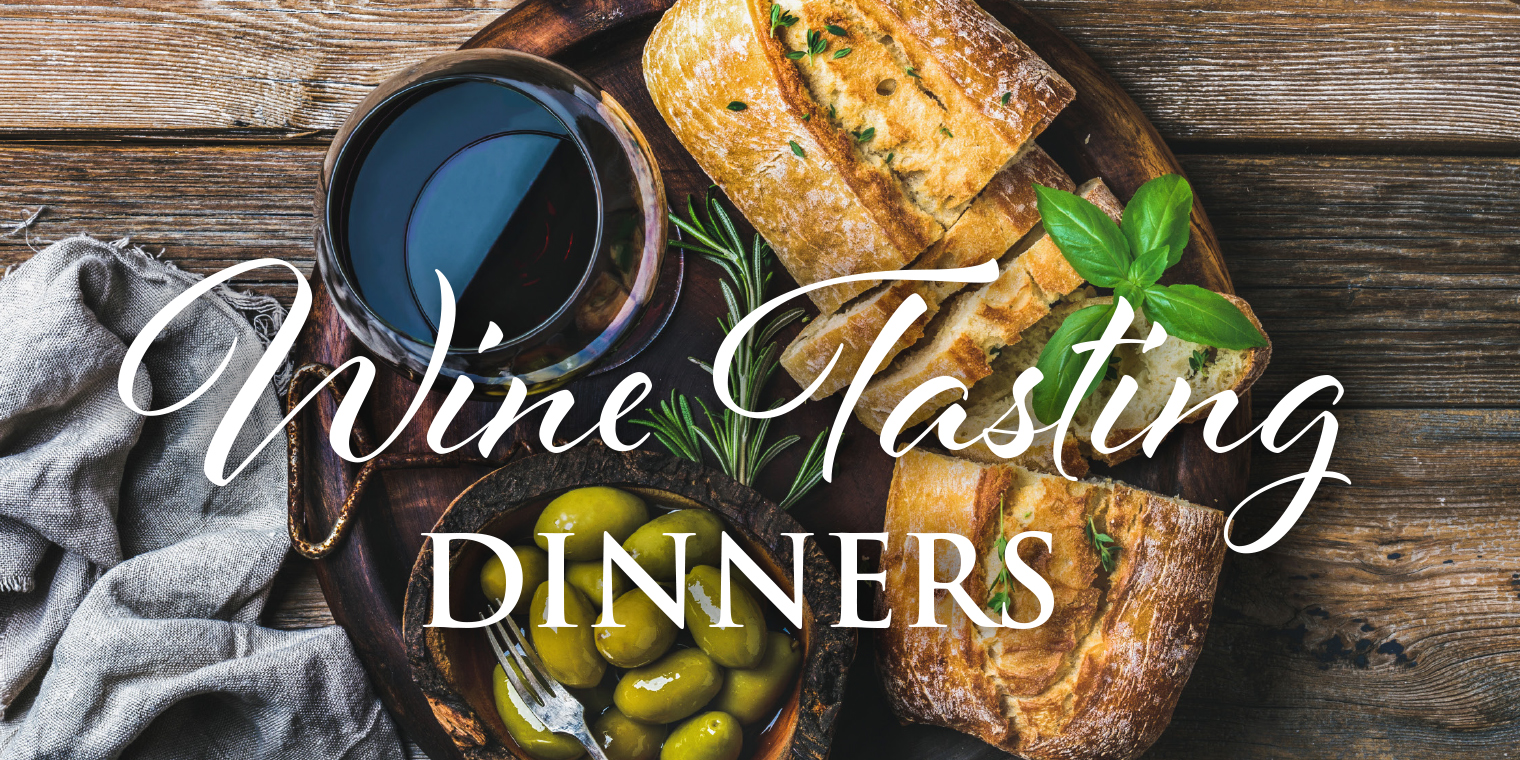You can’t drive anywhere in Virginia without seeing a road sign indicating a nearby Virginia winery. They are everywhere. The winery signage, and the wineries themselves, are the visible part of the Virginia wine industry that now hosts more than 290 wineries; but how much do you know about what goes on behind the scenes?
The Virginia Department of Agriculture
“The Virginia Department of Agriculture and Consumer Services (VDACS) plays a significant role in the Virginia wine industry,” explained Basil I. Gooden, Virginia Secretary of Agriculture and Forestry. The wine industry is a significant part of the $2.2 billion Virginia agritourism industry, generating about $1.37 billion annually.
Since wine is an agricultural product, to be licensed as a Virginia farm winery, 75% of the grapes used in winemaking must be from Virginia fruit, and 51% from the land owned or leased by the winery. This ties farm wineries directly to the land, and often small family farms.
Secretary Gooden’s role is to “support, market, advocate and protect agriculture here in Virginia.” With a focus to build the Virginia brand, he also works to promote Virginia wines in markets where it is not currently well known, throughout the U.S. and internationally. “There may have been a perception a while back that the only good wine came from California or Oregon, but that’s certainly not the case any more. Virginia is very competitive.”
“When I took this job eight months ago, I was pleasantly surprised how large this industry is. On the flip side, I noticed the lack of diversity – there are no African-American winery owners,” Gooden said. “It’s important to us to make sure all people are reflected, including women and people of color, and we are having discussions in the industry, which is very open to be more inclusive and more diverse.”
The Virginia Wine Board
The Virginia Wine Board (VWB) was created by the Virginia General Assembly in 1984 as a subset of the VDACS. It comprises passionate wine industry professionals who are appointed to their volunteer positions by the Governor of Virginia to serve up to two four-year terms. Their goal? To promote the interests of vineyards and wineries throughout the Commonwealth through research, education, and marketing. Three of its ten members are growers, and six represent wineries or cideries.
The VWB is funded by the excise tax levied on case sales of wine, which raised about $2 million in 2016 for research and marketing, according to Kirk Wiles, owner of Paradise Springs Winery and Vice Chairman for the VWB. Approximately two-thirds of the funds are dedicated to education and marketing, with the remaining third spent on wine-related research, often handed out in research grants.
“In the next year, we want to raise the profile on Virginia wines,” Wiles said. “We want people to plant more vines and take pride in the quality of wine they are producing, and we want to get out into the market to get more national and international recognition.”
The Wine Board meets quarterly to discuss topics like what varietals to plant, or how to improve the quality of Virginia wines. “It is like a think tank for Virginia wine,” Wiles added. Meetings are open to the public, although directed toward wines businesses and the industry. “Those interested in starting a winery or getting involved in the industry are welcome to come, listen, absorb, present ideas, and talk to someone on the board to get an idea or direction.”
The Virginia Wine Marketing Board
The Virginia Wine Marketing Board (VWMB), funded by the Virginia Wine Board, is responsible for “developing strategic marketing plans, looking at issues affecting where we feel the Virginia Wine Board needs to invest their time and resources in terms of marketing, and evaluating and implementing strategies to tackle those issues,” explained VWMB director Annette Boyd.
The VWMB markets visits and tours to area wineries, working closely with Virginia Tourism, and targets the restaurants, sommeliers, and wine shops that request and purchase Virginia wines. “Currently 95% of Virginia wines are sold within the state, but there will come a point when we hit saturation, and when that happens, markets outside Virginia will become very important,” Boyd said. “Building that groundwork now is important for a healthy industry.”
The VWMB’s strategies include the annual Virginia Wine Summit, where winery owners, grape growers, distributors, and wine media come together to network, discuss trends and issues in the Virginia wine industry, and taste wines and ciders. The 2017 Summit, held in May, featured sessions like “The Competitive Advantage of Virginia Wines” and “A New Look at Viognier,” along with other educational seminars. In addition, the VWMB promotes Virginia Wine Month in October and Virginia Vineyard Month each April, and produces the annual Virginia Wine Guide and Commercial Grape Report.
The VWMB also manages the Governor’s Cup Awards held each February, now in its 35th year. A Best in Show wine is selected from more than 490 entries after three days of tasting and deliberation, and Governor’s Case Winners are announced, with the top 12 reds and whites selected by a panel of 40 wine experts from around the world. This year’s Best in Show winner: 2014 Cabernet Sauvignon from The Barns at Hamilton Station Vineyards.
Along with these three entities, several wine-related Associations also support Virginia’s growing wine industry.
Now that you know what goes on behind the scenes, how can you personally become involved in the Virginia wine industry? Buy, enjoy, and tell everyone about Virginia wines!





